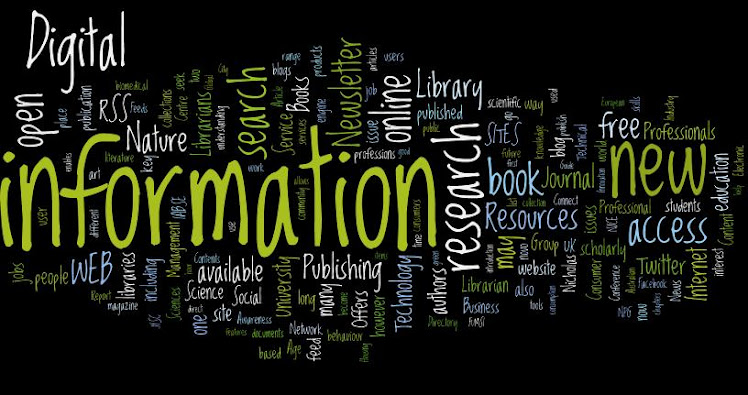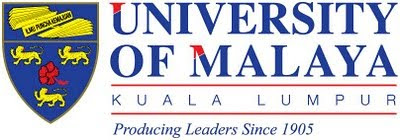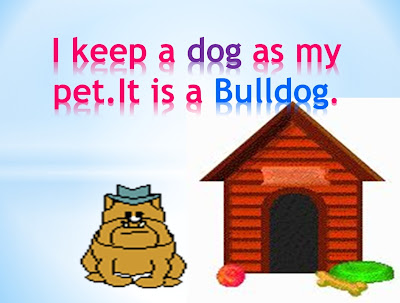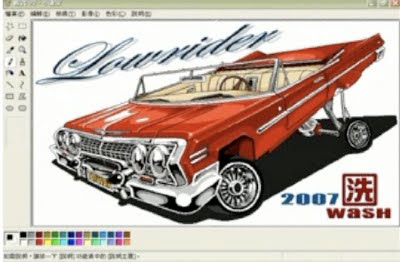
1. What do you like about blogging?
I like blogging because it can share and express my feeling in words and also the way I feel and also my point of views when I reflect from the lesson. Not only we can learn from ourselves and also people can learn from us. This is because, when I read my friends blog, it widen my perspectives.
2 what do you don’t like about blogging?
I like blogging but sometimes, it need some time to update and publish weekly entry. This is because to write a quality entry is not a easy task.
3. What have you gained from blogging?
By blogging it really helps me to be crtitical thinker. Moreover, I have improved in my English language and the way I write essays.
4. How?
In the each entry it requires me to express my thoughts, what I have leant during the class and the learning journey doing blog. Thus, I find it ultimately helps me to be critical thinker. Moreover, I need the good skill in vocabulary and grammar. The more I write, the more I improve my writing and excel it. I even start to write creatively at times. I mean at least I am taking an initiative.
5. What do you like about this course?
To be honest, I learn and gain new knowledge specifically in technology throughout the course. I also learn so many new things especially things regarding technology. I get great exposure regarding computers, e-learning and all technology related stuffs. I am more knowledgeable after taking this course. This ultimately can help me to create and produce my own teaching kit/aids.
6. What you do not like about this course?
-I enjoy this course. I think is a matter of time.
7. What have you learnt from this course?
I learn so many skills like editing, creating audio, video, photo and many more. Moreover, I also learn how to make my lesson interesting by using technological teaching aids and materials. This will make my students in class excited and interested.
8. What have you learnt from this course that you did not expect to?
At first, I never expect that I am going to learn about technological skills and to apply the knowledge to make technological teaching aids.
9. What you have expected but you do not learn from this course?
-As I am doing the module, I notice that there is certain software that I find some difficulties. Thus, I thought I will be given training on how to do certain software but I know due to time constraint it was unable.
Computing and technological skills
| Comments regarding Module | Rating (1-10) Before undergoing the course. | Rating (1-10) After undergoing the course. |
| 1. Internet and computing skills a. What do you like about this module? I like the module because instructions are simple and easy. b. What do you not like about this module? I like the module. Maybe too many skills within one module. c. What do you like about the task given for this module? Because it help me to produce my own teaching aids. d. What do you not like about the task given for this module? It takes some time to complete. e. What are the specific skills that you learn in this module? I lean on how find resources, downloading, encoding, filer conversion, storing and use many software. f. How the skills learnt in this module can help in the making and choosing of teaching aids for the ELT classroom? It helps me to search for appropriate teaching aids for my students. I also can download some videos or documents to be used in teaching later. | 5 | 10 |
| 2. Photo Editing a. What do you like about this module? I like this module because it teaches me in details all about photo editing. b. What do you not like about this module? There are some software that we need to download before we can start editing photos. c. What do you like about the task given for this module? I like because we can edit photos to meet the language focus and Malaysian context. d. What do you not like about the task given for this module? It takes some time to edit photos. e. What are the specific skills that you learn in this module? Editing photos use various software like photoshops, movie makers, etc. I also learn on how to add text, crop image, adjust colour, etc. f. How the skills learnt in this module can help in the making and choosing of teaching aids for the ELT classroom? I can use this skills to edit photos that download from internet before I can use in classroom. This is because there are some pictures not appropriate. Thus, by editing, we can manipulate the pictures inn classroom. | 5 | 10 |
| 3. Audio Editing Skills a. What do you like about this module? I like this module because it teaches me on how edit audio. b. What do you not like about this module? I need to download software before I can start this module. The internet connection in my home is slow. Thus, it takes time for me. c. What do you like about the task given for this module? I like the task because I learn on how to edit audio, combining songs, etc. as I wish. d. What do you not like about the task given for this module? It takes some time to complete this task. e. What are the specific skills that you learn in this module? I learn on how to use software like Audacity, wavapad, song vegas, music editor etc. I learn on how to change speed, change pith, increase tempo, making ringtone, upgrading sound, etc. f. How the skills learnt in this module can help in the making and choosing of teaching aids for the ELT classroom? I can edit songs/audio to meet the Malaysian context. Moreover, this module helps me to produce teachings aids for listening skills in ESL classroom. | 4 | 9 |
| 4. Video Editing Skills a. What do you like about this module? I like this module because I learn on how edit video. For instance, I get to know on how to convert video, import sound clips, etc to make an interesting video. b. What do you not like about this module? I need to download so many software. It takes some time for me to download because the internet connection in my house is low. c. What do you like about the task given for this module? Because I learn on how edit video, for instance joining files which can make the video interesting. d. What do you not like about the task given for this module? I do not have problem in doing the task. I only face it time consuming for to complete the task. e. What are the specific skills that you learn in this module? I learn on how to convert video format, I learn on how extract pictures from video, making still, joining files, etc. f. How the skills learnt in this module can help in the making and choosing of teaching aids for the ELT classroom? These skills help me to produce my own video that I can use In ESL classroom. Children enjoys watching videos, thus, I can create an video that attract their interest in learning. | 3 | 9 |
I like this module as I get to learn more in exploring Microsoft Office Publisher like on how to make an advertisement, brochure, business card, calendar, email, etc.
I do not have any problem in doing this module.
I like the task because it helps me to use and explore more the Microsoft Office Publisher.
It takes some time to complete the task given within stipulated time.
I learn on how to make poster, business card, advertisement, email, flyers.
I think perhaps, I can create my own banner, greeting cards for pupils. This to help them to see how greeting cards look like, etc. | 5 | 9 |
10. If you can change anything about this course, state what it is and elaborate.
-I think, we can give more time to explore more on each particular skills. I think we I will enjoy having a workshop sometimes.








































